
Fleas are more than just a nuisance for our canine companions—they’re persistent parasites that can cause discomfort and health issues (including tapeworms, yuck!) if left

Fleas are more than just a nuisance for our canine companions—they’re persistent parasites that can cause discomfort and health issues (including tapeworms, yuck!) if left
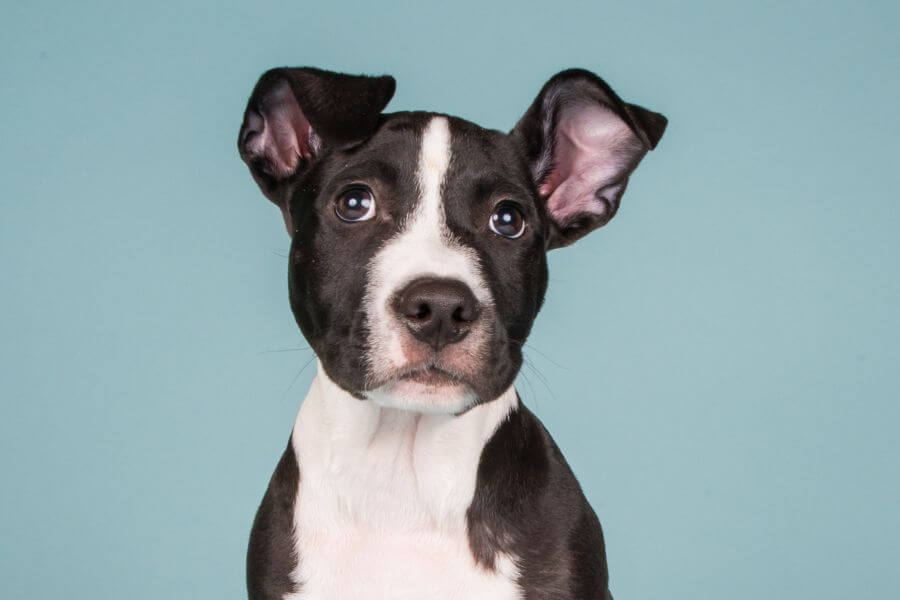
There is a lot of conflicting information out there about puppy vaccines, including when to vaccinate your puppy, and if vaccines are even safe. No

Diatomaceous Earth (DE) has gained popularity among pet owners as a natural solution for flea control, itching, and more. Frequently endorsed by “Holistic” veterinarians and

It’s May, and that means that the fleas, ticks, mites, and other creepy crawlies are lurking. Dogs living in most areas of the United States

Great Dane skin bumps can be a common health problem that pup owners don’t need to worry about and they can also be a warning
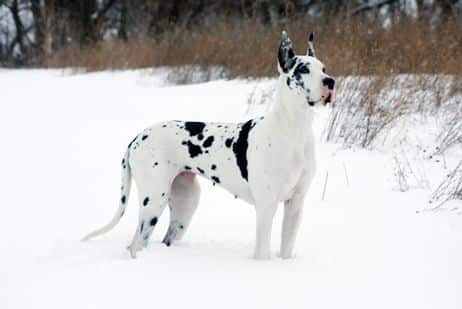
Great Dane temperature and weather requirements are not that much different than those of other breeds. What is the ideal temperature for a Great Dane?
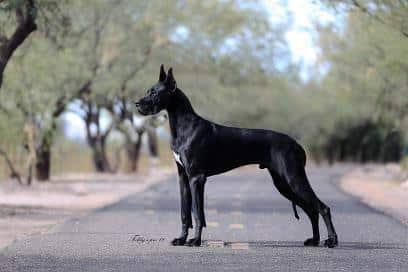
Great Dane Dry Skin- a topic that many people struggle with. The winter months can be harsh on our skin, and the same is true
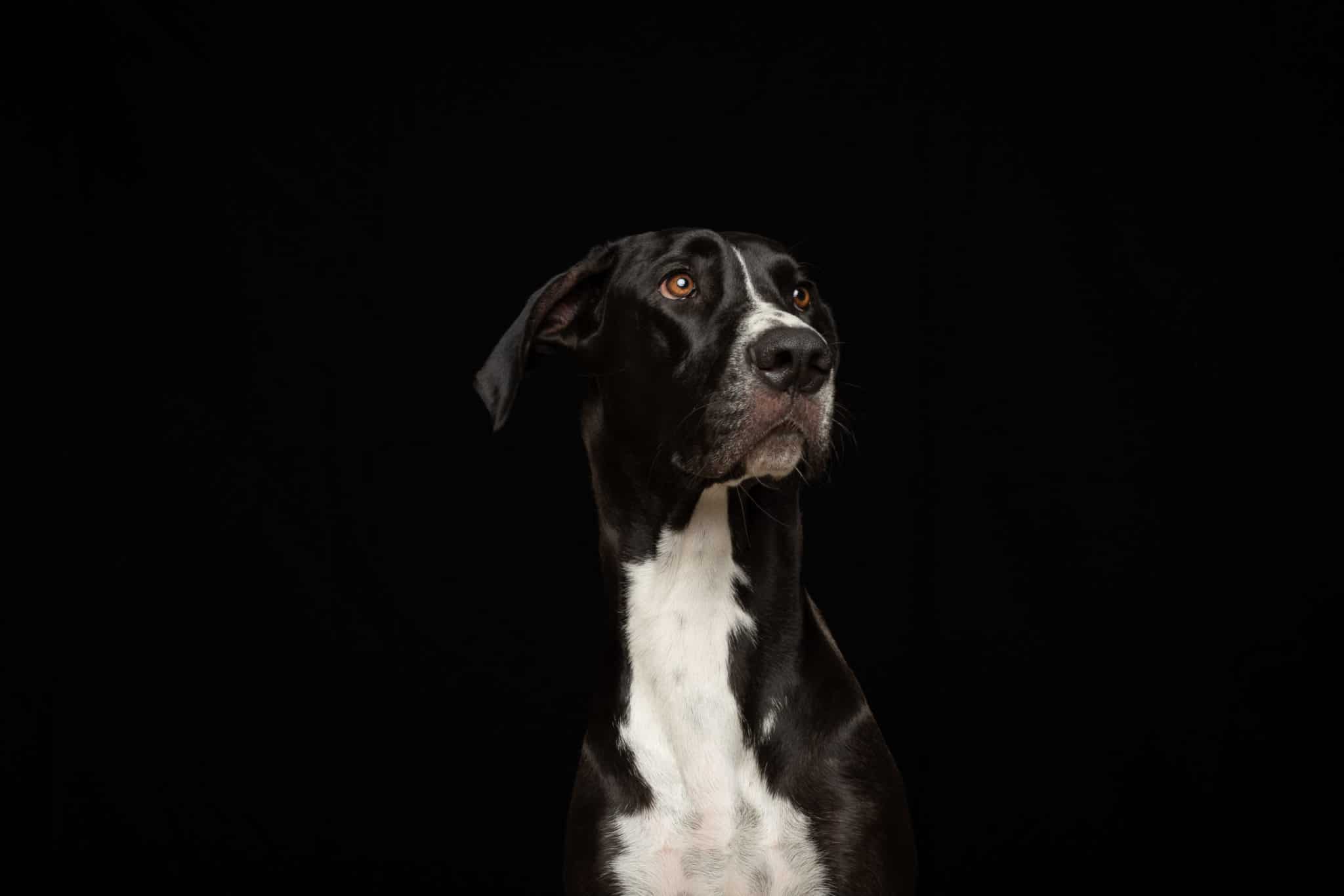
Which dog ear infection treatment is right for you? If your dog is constantly scratching his ears, it might be because he has an ear
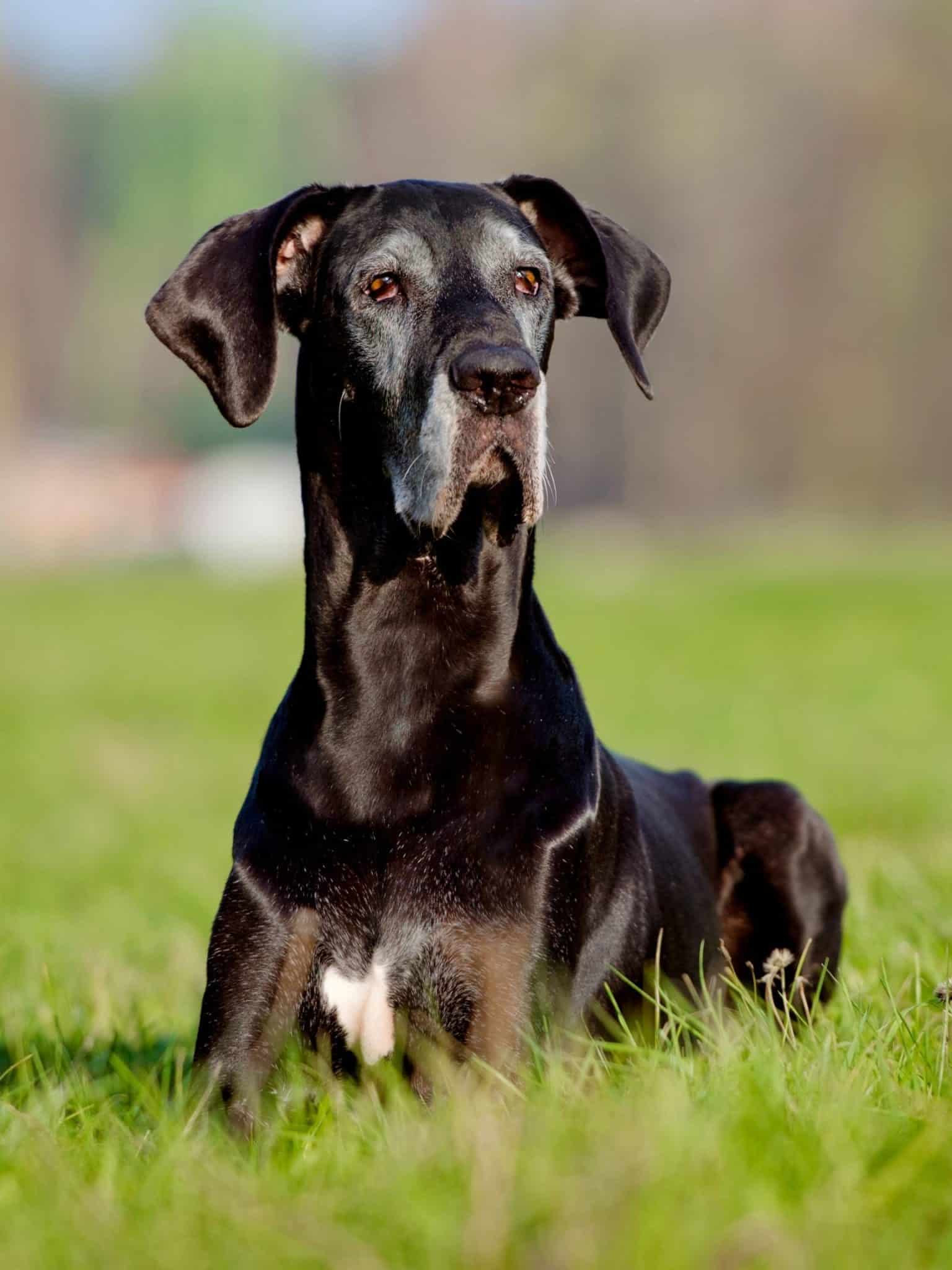
Is it time to let my Great Dane go? How do I know it’s time? This is one of the hardest questions you’ll ever ask

It can be alarming if your Great Dane is coughing! Any time our beloved pets are hacking, choking, gagging, or coughing it’s definitely alarming. We